Nội dung bạn đang tìm kiếm không có phiên bản tiếng Việt.
Vui lòng chọn tiếp tục để xem nội dung tiếng Anh hoặc đi đến trang chủ Tiếng Việt.
Rất xin lỗi về sự bất tiện này.
Use Medicines Safely

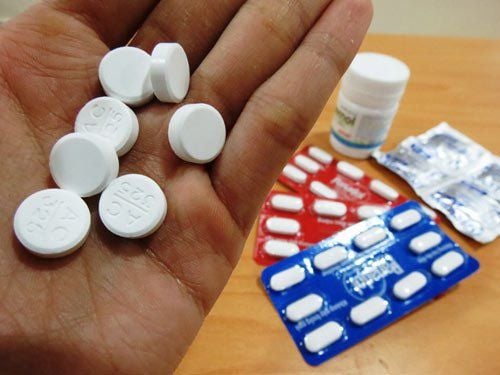
How different are Blue and Red Panadol?
Panadol is a group of products sharing the common ingredient paracetamol. Depending on the formulation and additional ingredients, Panadol medications are classified into different types with varying effects and indications
View more
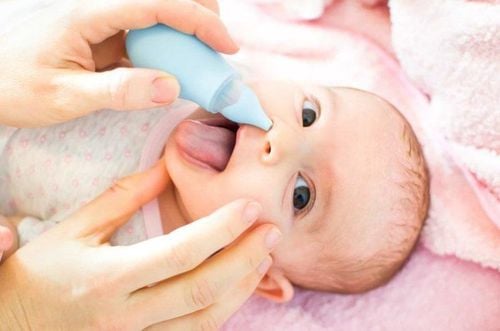
Decongestants for babies: Uses and side effects
Nasal congestion in newborns is a common issue that often worries mothers. While using nasal decongestants for infants can be effective, it also carries the risk of unwanted side effects. Therefore, when a newborn experiences nasal congestion, parents should thoroughly understand the benefits and potential side effects of nasal decongestant medications before administering them, ensuring they follow the proper instructions.
View more
Latest articles

Topical Antibiotic Ointment: Use with Caution
Antibiotics contain a wide variety of active ingredients and belong to many different groups. They are formulated into many forms such as: powders for injection, injectable solutions, tablets, capsules, etc. However, not all antibiotics are formulated as topical ointments. So, what are the precautions when using antibiotic ointments?
View more

Does Efferalgan 500mg Cause Drowsiness?
Efferalgan in particular and drugs containing only paracetamol in general do not cause drowsiness. Be cautious when combining Efferalgan with other medications to avoid overdose, especially pain relievers, and medications for cough and cold symptoms.
View more
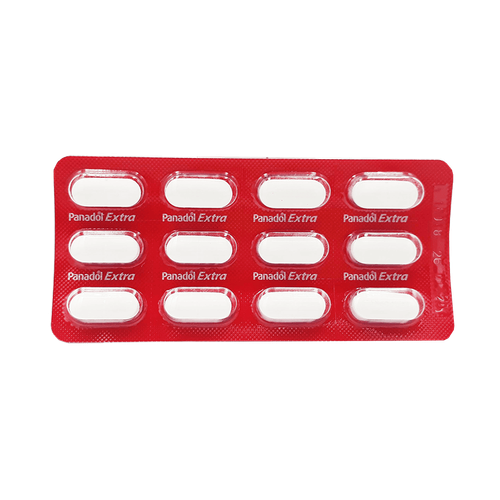
Panadol Extra: Uses, Dosage and Side Effects
Panadol Extra contains paracetamol, an antipyretic and analgesic, and caffeine, an analgesic that enhances the analgesic effect of paracetamol.
View more
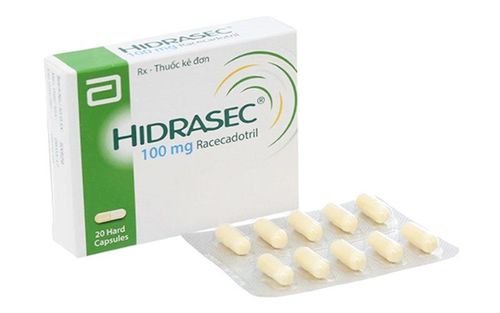
Hidrasec Medication – Ingredients, Uses, Dosage, and Precautions for Use
Using Hidrasec does not replace the need for the child to drink fluids. Rehydration is very important in managing acute diarrhea in infants and young children.
View more
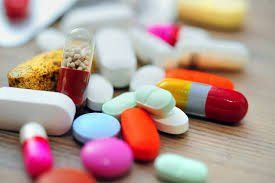
When is it necessary to combine antibiotics?
Almost all specialists agree that antibiotics should only be used when absolutely necessary and, if possible, the amount of antibiotics taken should be limited. However, in clinical practice, it is not always the case that using just one antibiotic will eliminate the infection. Sometimes, a combination of two or three different antibiotics is needed to effectively treat the condition. Antibiotic combination therapy is necessary in certain clinical situations
View more

The Relationship Between Vitamin C and Antibiotics
Vitamin C is an essential nutrient for the body, known for its role in boosting immunity. However, not everyone knows how to use vitamin C correctly. Due to its acidic nature, vitamin C may interact with certain antibiotics, leading to reduced drug efficacy.
View more
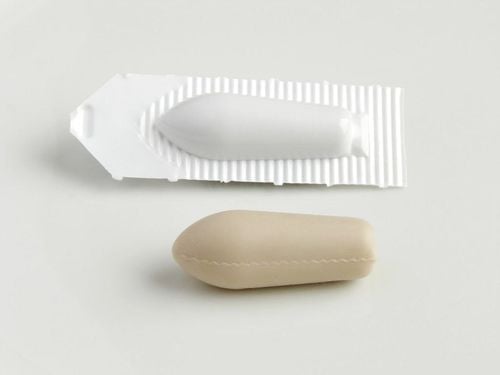
When to Use Rectal Antipyretic Suppositories for Children?
When a child has a fever above 38.5°C, it is necessary to reduce the fever promptly to avoid prolonged high fever. However, many children with fever refuse to take or vomit after taking antipyretic medication, making it difficult to administer the medication, especially when the fever is high. In such cases, rectal antipyretic suppositories should be used to reduce the child's fever.
View more

Meiact Antibiotics: What You Need to Know
Meiact antibiotic is prescribed to treat infections caused by sensitive bacterial strains such as otitis media and sinusitis. Currently, Meiact is available in two main forms: Meiact 200mg tablets and Meiact fine granules in sachets containing 50mg of cefditoren pivoxil.
View more

